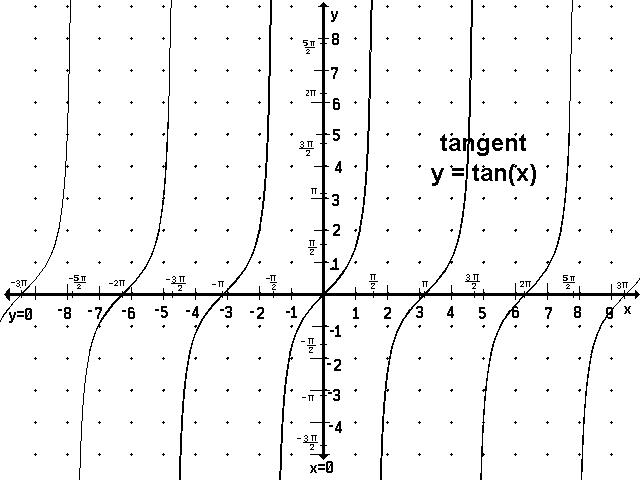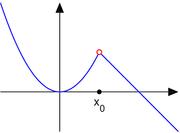hmm yes i told that in post#4 itself
no one saw [17]
*Edited
1
(7-12x+4x2)(1+e3-2x)
integrate the above in the limits (0 to 3)
integration mein ek point se koi farak nahin padta if that point is an end point
and do remember this also
IF A FUNCTION CONTAIN POINT DISCONTINUITY THEN ITS AREA REMAINS THE SAME
SIR PLEASE CHECK #14,17,19 AND PLEASE DO EXPLAIN WITH SOME CLARITY WHAT KAYMANT SIR MEANT[7]
This integral does not exist. To be more precise the integral does not converges.
IF U R CONTRADICTING SKYGIRL THEN SHE REPLACED X WITH 3-X
SO THE SHE IS TAKING IT AS END POINT
4 MORE INFORMATION REFER TO #14 1ST POINT[1]
but even in the ques in post 1 the discontinuity is not a point 1 then.....
HERE THE DISCONTINUITY IS NOT A POINT DISCONTINUITY
THERE THE DISCONTINUITY IS NON REMOVABLE DISCONTINUITY AS AT X=∩/2 TAN X MOVES UP TO ∞ AND FROM LATER IT STARTS FROM INFINITY
U CAN CHECK FROM ITS GRAPH
TAKE THE EXAMPLE OF THIS GIVEN CASE
ITS AREA FROM 0 TO P( WHERE THE CURVE CUTS +VE X AXIS) WILL REMAIN SAME WHETHER THE DISCONTINUITY AT X0 IS PRESENT OR NOT

without putting limits the ans is
[-1/26(e17+1)] log(x+7) +[ 1/13(e4+1] log(2x+1) +[1/68] log(e3-2x+1)
plz tell me whether it is right or wrong
@ DEEPANSHU
PLEASE DONT TELL US WHAT U THINK
GIVE US THE FULL FLEDGE SOLUTION TO THE WHOLE PROBLEM
no i think linits shud b broken at the point where denomintor bcmz 0...
yup ans : 1/4√2 ln|(3/2-1/√2)/(3/2+1/√2))
i think simplifying, it will be same as celestine's....
this one is exactly same as my doubt a few days ago....
jus replace x by (3-x) .
then add.
we will get ...
2I = 0∫3 dx/(4x2 - 12x + 7)
also this q is wrong , see the denominator bcums 0 at some pt